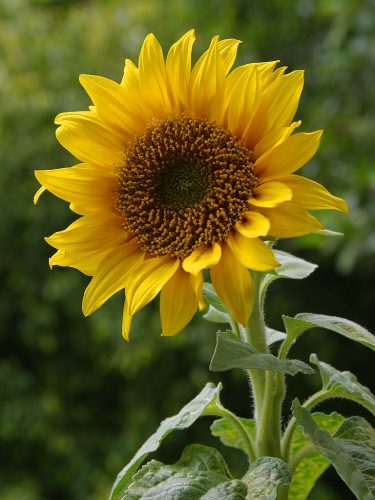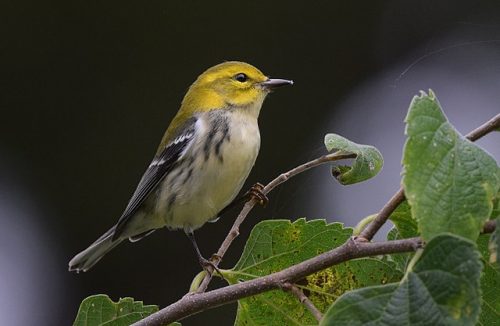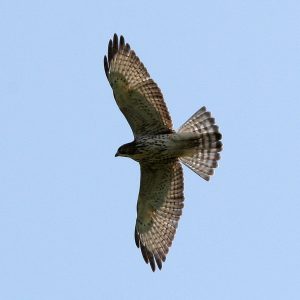
flower • sunflower •
is blooming • is in full bloom •
spring melts to summer •
Ruth Barrett reports that after being signed on as the featured speaker at Gaea Goddess Gathering in Kansas, she has been disinvited after at least one person objected. Ruth says she has not been given a reason for being ousted, but that she believes the person objected to an anthology she edited several years ago, Female Erasure, about the effect of trans politics on women’s lives. Ruth says she was open with the board of directors of this Pagan festival about her practice in Women’s Mysteries with natal females, and that her concert and workshop would not be about trans issues.
This is something that happens, somewhere, every year. Last year, at the Fayetteville Goddess Festival in Arkansas, a group of lesbians had the temerity to offer a lesbian focused workshop for lesbians born with a vulva, and some trans women objected to the workshop being offered on the Festival grounds, then objected to the workshop being listed in the program, then objected to the workshop happening at all, then later tried to get the Festival organizer fired from her job for scheduling the workshop in the first place. The year before that, there was campaign to get Ruth fired from her job at Cherry Hill Seminary. Before that, there was a campaign by LGBT organizations to no-platform artists who appeared at The Michigan Womyn’s Music Festival, a music festival attended by many Witches which allowed trans women to attend but refused to center trans women in the program. Pagan Spirit Gathering suspended rituals for bio women in response to trans activist objections. And of course there’s Pantheacon.
Ruth has asked that people contact the Gaea Goddess Gathering to express their disappointment in that organization’s cowardly unethical exclusionary sexist decision to withdraw their invitation. I want to suggest two more things. The first is to buy and read the book Ruth edited, which is well researched and well documented and does not anywhere argue that trans people are not entitled to life, safety, healthcare, or other basic human rights. Just read the damn book, listen to other points of view, and risk having a thought crime!
My second recommendation is to put something in place which makes it difficult for speakers/leaders of Pagan gatherings to be disinvited by a few vocal people. It should be standard in every contract to lead a Pagan conference, workshop, ritual, or gathering, that there be a very large financial penalty for cancellation. By “large” I mean much larger than the paltry sum usually offered to the leader. In order for this to work, it needs to be standard, meaning other people besides Ruth need to make that stipulation. Men and women need to make this demand, which is really in everyone’s interest. I have organized two spirituality conferences, and I understand that it’s a thankless job and a lot of hard work, but it doesn’t have to be so very sexist. Conference organizers have to ask themselves whether, at the end of the day, their hard work is really about catering to religious bigotry and further entrenching systemic sexism.

I hear this bird constantly in the woods now. I call it “The Advertising Bird” because its song sounds like a radio jingle. What do you think?

The Broad-Winged Hawk is a medium sized migrating hawk that summers mostly in eastern North America. It is usually spotted in groups or pairs circling overhead on the air currents, especially during migration.
I heard the piercing cry of the Broad-Winged Hawk in the forest earlier this week, then saw the bird darting through the upper tree branches. Despite the idiosyncratic whistle, I was confused, never having spotted the bird in the forest and never having seen a solitary bird. I did some research and, sure enough, this is a forest dwelling hawk, proficient at flying between trees. In my area, it nests in May and June. This week, the trees just began leafing here.
I interpret an encounter with a nesting bird as a sign of productivity, the opposite of goalless drifting. It shows effort directed toward achievement. Though the Broad-Winged is not a large hawk, it is remarkable that it can navigate through thick forest, and this points to nourishment of a difficult goal. This is a common hawk uncommonly spotted in home territory doing its main work of raising young, indicating a rare glimpse at hidden progress.
This was my second encounter with a Broad-Winged in a week, as a few days earlier a found a wing feather in a different forest. The feather prepared me to consider my second meeting seriously and reflect on its meaning.

Thea Prothero writes: “The book is brimming with wisdom and exceptionally well researched; this in turn guides the would-be diviner to access the natural world form a uniquely well-grounded and refreshing perspective.”
Indie Shaman is always a recommended read. The theme of this issue of Indie Shaman is “Shamanic Lands: The Otherworld,” and there are many in-depth articles about the worlds of the ancestors, from a breadth of perspectives and modalities. I have an article in this issue titled “The Weasel Underground.”

Review of Divining with Animal Guides in the latest Isian News, a Fellowship of Isis quarterly news magazine. Linda Iles says
The author, Hearth Moon Rising, is very attuned to the natural world and brings a clarity and dignity to the animals she writes about, that only comes from many years of observation, magical practice and a deep love of all beings, whether four-footed, winged, swimming, crawling or slithering.
The review is on page 13. Also of interest in this issue are articles about the goddesses Hestia and Sedna and an article about ley lines.
Elizabeth Konkel for San Francisco Book Review says:
Hearth Moon Rising uses personal encounters in this dazzling read that aims to open the readers’ eyes to a new way of viewing the world.
Read the rest of the review here.